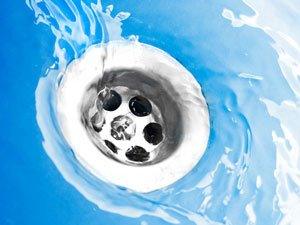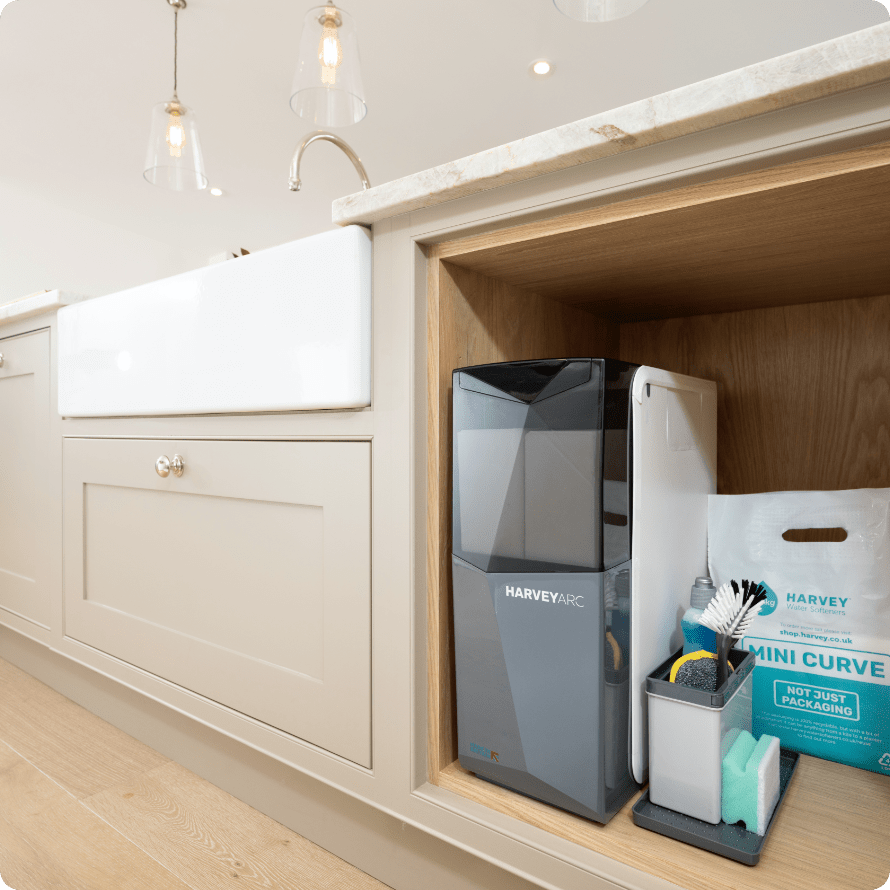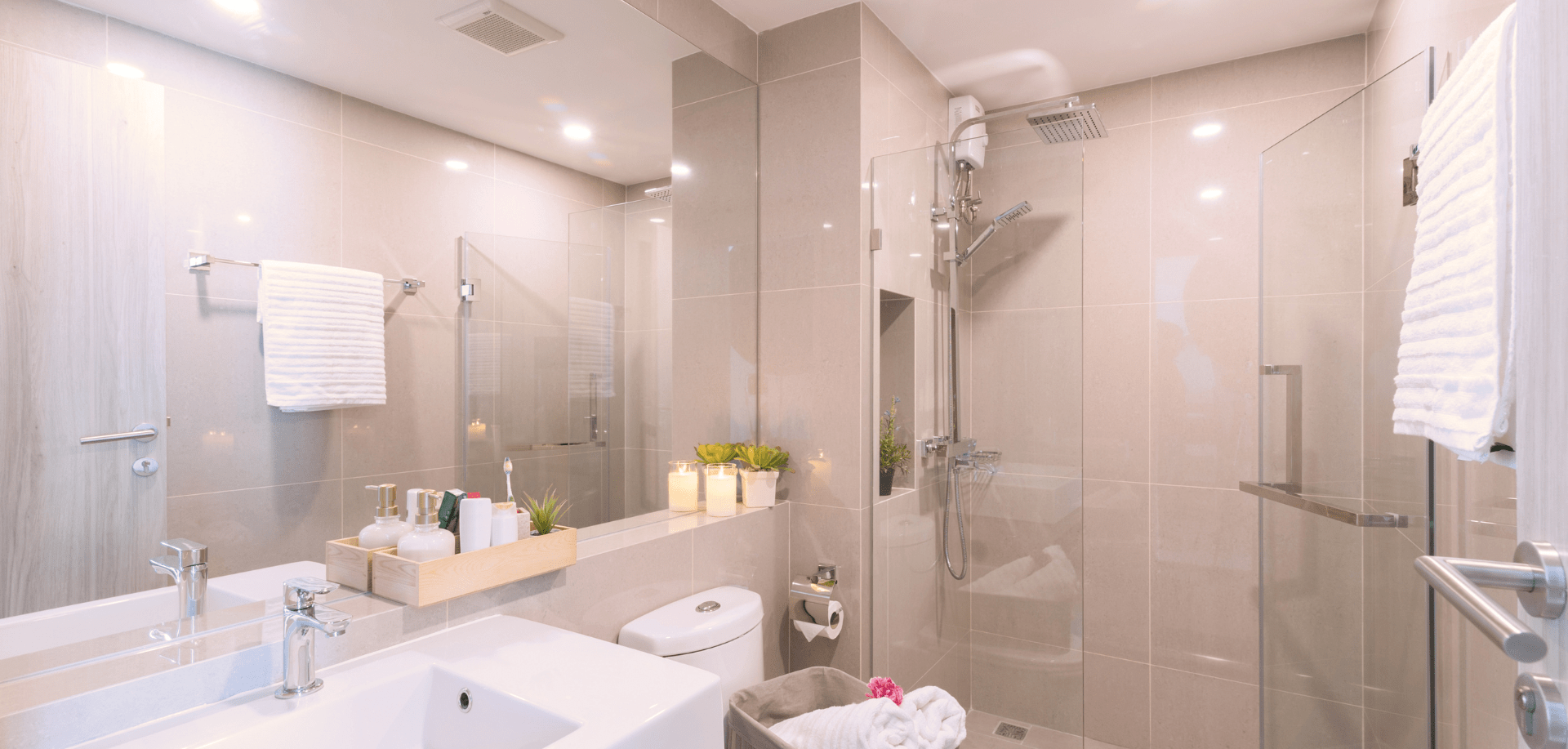

The treatment of water, or the removal of impurities from water supplies dates back to ancient times and has a long and fascinating history. It may sound a little bold to say, but we at Harvey Water Softeners, like to think that we are a part of that long history with our pioneering technology in home water softeners.
So let’s go back in time and explore the history of water…
Timeline
1500 BC – Ancient Egypt The Egyptians discovered the process of coagulation, a process of removing solid sedimentation from water with the use of additional chemicals. This early attempt to purify water has been illustrated upon the walls of the tombs of King Amenophis II and Ramses II
500 BC – Sanskrit The Sushrata Samhita was one of Ancient India’s big three medical texts. Believed to be written by Sushrata an early physician, it identifies a number of methods for purifying water, such as filtering water through sand, and gravel and boiling water with heat from the sun.
460-470 BC – Ancient Greece – The Four Humours Hippocrates identified the four humours of the body, four states of mind thought to be linked to chemicals in the body. Sanguine (sociable and pleasure seeking – Blood), Choleric (Ambitious and lead – Yellow Bile), Melancholic (introverted and quiet – Black bile) and Phlegmatic (calm and controlled – Phlegm). This led to the belief that the optimal balance between these bodily fluids would provide the optimal state of health for the body. This led to the pursuit for purifying water as an important ingredient to each of these humours. The Hippocratic Sleeve was a cloth flask that provided a crude filter for water.
300 – 200 BC – Roman Age – invention of aqueducts The romans invented the aqueduct, as a means of directing water to city areas. It took 500 years to build 400km of aqueducts in Rome. Once completed, they supplied Rome with over one million metres cubed of water. The greek engineer Archimedes invented the water screw to transfer water from low to higher lying areas.
500-1500 AD – The Dark Ages After the fall of Rome, water treatment and sanitation took a massive hit, along with scientific progress and the general standards of civilisation. Little to no scientific advances were made in the field for over 1000 years…
1627 – Sir Francis Bacon Sir Francis Bacon experimented into the removal of salt from seawater believing sand was a potential agent for enabling this effect. He was largely wrong, but his experiments did pave the way for future developments in filtration.
1670s – Discovery of microscopy Antonie van Leeuwenhoek and Robert Hooke founded microscopy as a new scientific technique. This provided a new understanding into the composition of water. Van Leeuwenhoek was able to observe micro-organisms for the first time.
1804 – Robert Thom’s municipal water treatment plant Robert Thom opened the first ever municipal water treatment plant in Scotland based on sand filtration that was distributed via horse and cart. Gradually, the first water pipes started being constructed. The idea began to circulate, that everyone should have the right to a clean water supply.
1854 – Cholera outbreak An outbreak of cholera was found to be less severe in areas where sand filtered water were in effect. Eventually it was discovered that the outbreak was down to the water pumps being contaminated by sewer water. British scientist John Snow discovered that by adding chlorine to water, it would function as a disinfectant.
1855 – The Metropolis Water Act For the first time, a list of regulations was applied to the water supply of London, ensuring a clean and healthy supply was distributed to the capital via a highly monitored filtration process. Similar forms of legislation began spreading across the world.
1903 – Water Softening Tests into the mineral content of water supplies led to the process of water softening and ion exchange. This used sodium to remove the mineral content from water creating a softer solution providing a number of benefits to hard water areas. Eventually this process was carried out by large cylindrical units made famous by Permutit.
1950s – Introduction of domestic water softeners. Water softeners became smaller, working off an electrical timer and the ability to regenerate themselves.
1981 – Harvey Bowden invents the water softener as we know it! Our founder Harvey Bowden invents the non electrical version of the water softener, that became the norm for domestic units. The unit was able to regenerate automatically without the need of an electrical timer.
1995 – Block salt introduced. Water softeners traditionally required a supply of salt for the ion exchange process. Solid block salt was manufactured as an easier way of keeping home water softeners topped up.

Our water softeners help you around the home in so many ways. Softened water can prevent limescale build-up in taps, pipes and appliances. Many people think it tastes better than hard water, and it’s much softer on skin. Get in touch to arrange a demonstration.
See The Benefits – Take the first step to banishing limescale by arranging a virtual demonstration – Book A Demo


